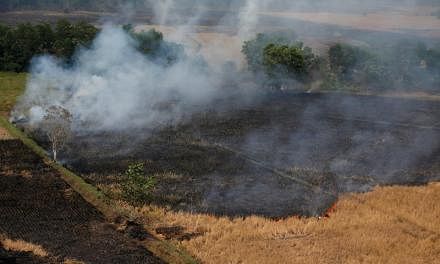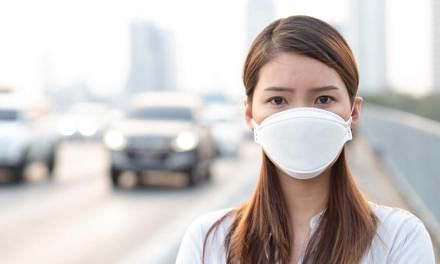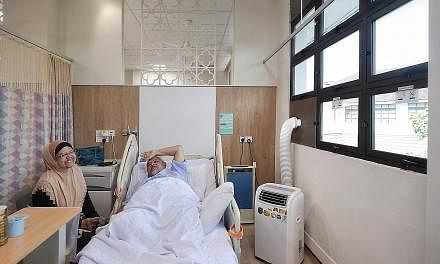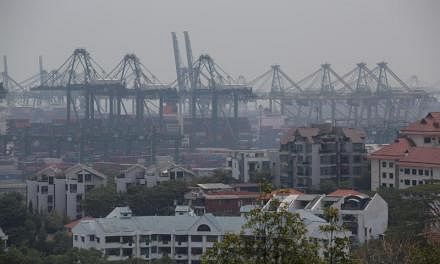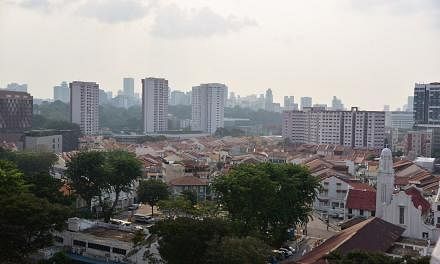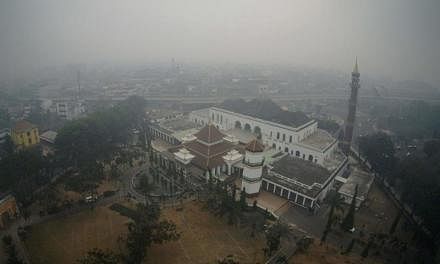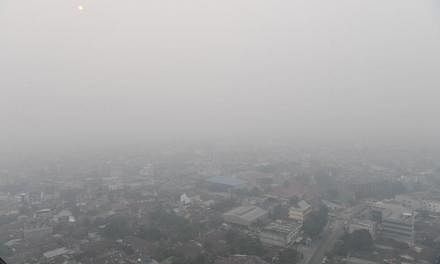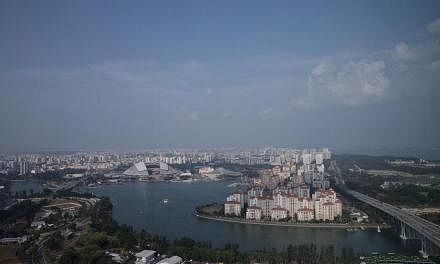Air quality in Singapore hit unhealthy levels for the first time in three years yesterday. Here are answers to some questions:
What is PSI?
PSI stands for Pollutant Standards Index and is computed based on the 24-hour average of PM2.5 concentration levels, among other pollutants. PM refers to particulate matter and PM2.5 is the dominant pollutant during haze episodes.
What is the difference between the 24-hour PSI and the one-hour PM2.5 concentration reading?
The 24-hour PSI is based on readings taken over the past 24 hours.
The health advisory in Singapore is based on the 24-hour PSI, in line with the majority of studies on health effects of short-term exposure to PM that have used the 24-hour measurements.
The one-hour PM2.5 concentration readings are only an indicative measure of the current air quality.
There are four bands on the PM2.5 concentration scale: 0 to 55 for normal, 56 to 150 for elevated, 151 to 250 for high, and very high for any higher readings.
Which PSI reading should you refer to when deciding what activities to avoid?

A 24-hour PSI reading of between 51 and 100 falls in the moderate range, for which the public can continue their normal activities.
If the PSI reading is in the unhealthy range of 101 to 200, the National Environment Agency (NEA) advises the public to cut down on prolonged or strenuous outdoor activities.
The NEA said the PM2.5 concentration readings are a better indicator of current air quality, and those concerned should use them to decide on whether to go for immediate outdoor activities, such as jogging.
The PM2.5 concentration levels can be volatile and tend to fluctuate over the day especially during periods of transboundary haze. Short-term fluctuations are greatly influenced by weather conditions.
How is the PSI in the different regions of Singapore measured, and which should you look at?
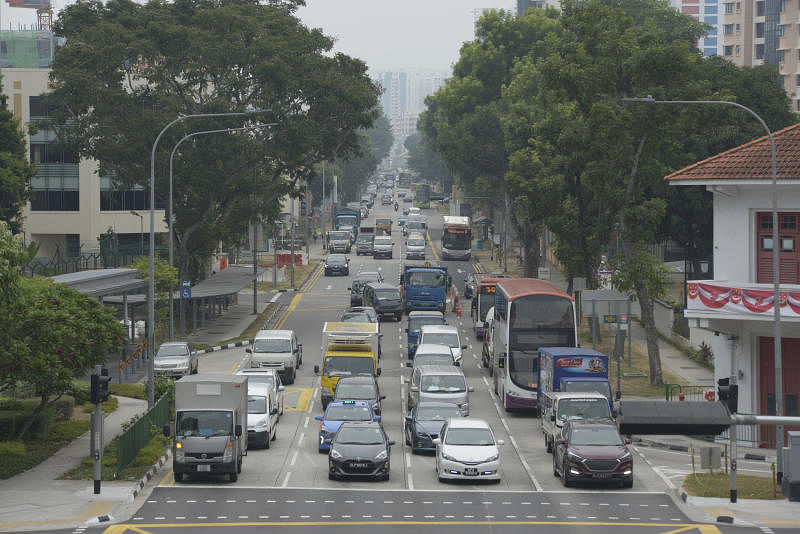
PSI is measured for five regions in Singapore: North, South, East, West and Central. The regions are based on town centres/areas.
There used to be a three-hour PSI reading. What happened to it?
The three-hour PSI reading was phased out in 2016, after NEA made it easier to use the PM2.5 concentration readings by introducing bands and descriptors.
What are the short-term effects of the haze on your health?
Haze particles can affect the heart and lungs, especially in people who already have chronic heart or lung disease, such as asthma, chronic obstructive pulmonary disease or heart failure.
These health effects and symptoms may appear as late as up to three days after exposure to the haze.
Is the N95 mask adequate protection against the haze?
Haze can contain fine particles that are 2.5 microns (PM2.5) or smaller, and studies have shown that N95 masks do provide good protection against particle pollutants as they are at least 95 per cent efficient against fine particles that are about 0.1 - 0.3 microns.
What about surgical masks? Are they useful?
Normal surgical masks can protect the wearer's nose and mouth from irritants in the air but are not effective in filtering fine particles.
What else can you do to reduce exposure to haze particles?
• When the outdoor air quality appears to be worsening, close doors and windows.
• Stay indoors and cut down on physical activities.
• Wet-cleaning methods (e.g. mopping or wiping) generally do not produce dust (unlike dry-dusting or vacuuming) and can be used to remove settled dust.
• Fans or air-conditioners may be used for air circulation and cooling. Portable air purifiers can help to further reduce the indoor particle level.
SOURCE: NATIONAL ENVIRONMENT AGENCY


